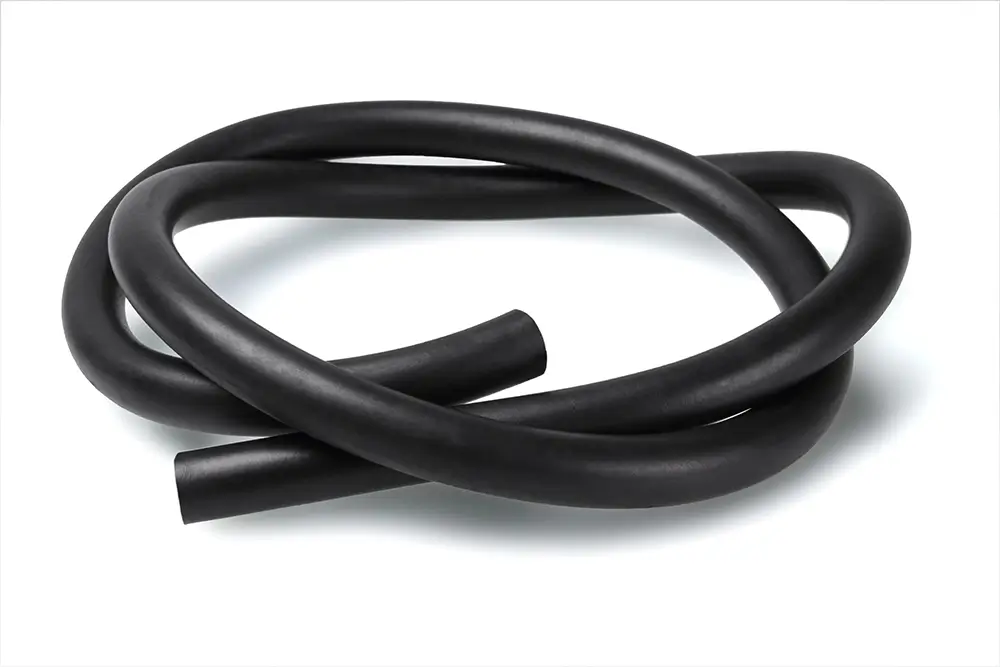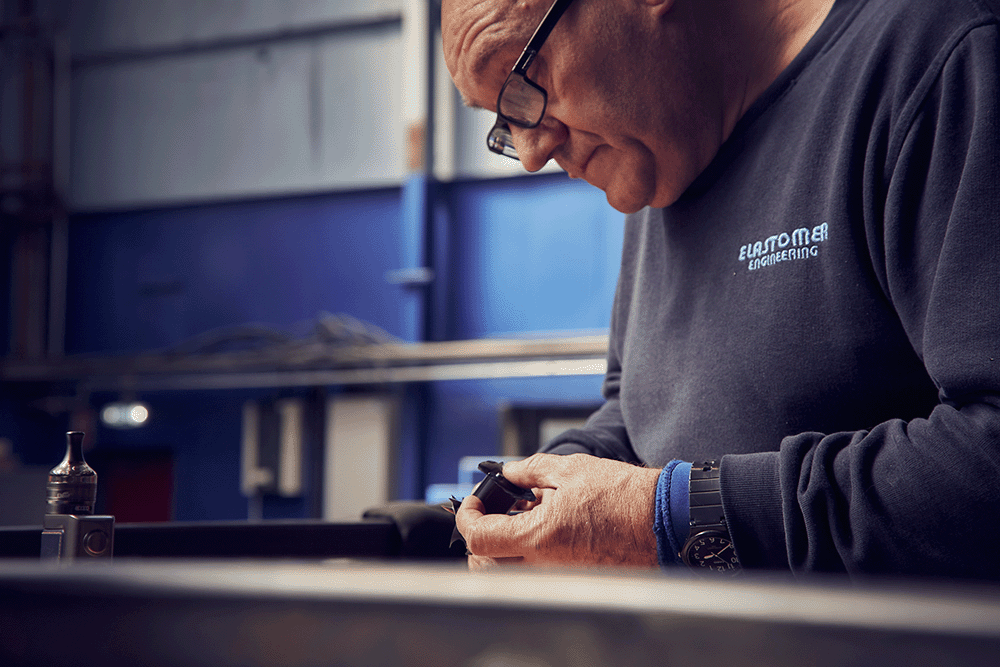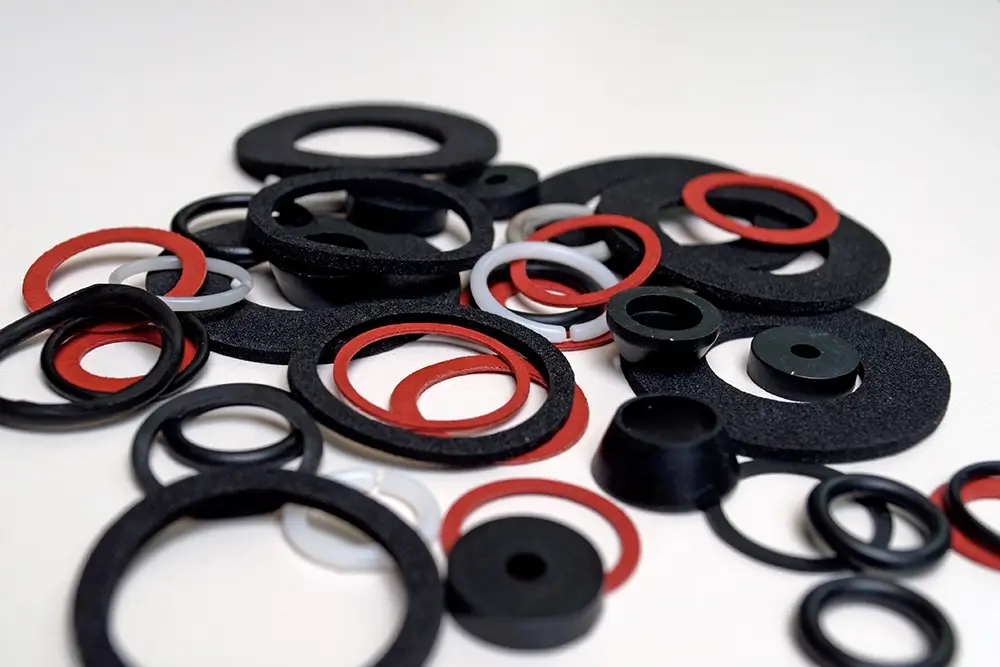
Material Guide: Nitrile Rubber
Our Guide To NBR – Nitrile Rubber
Acrylonitrile butadiene rubber (NBR), usually shortened to nitrile or NBR, was developed in 1941 as the first oil resistant rubber. NBR rubber grades with high acrylonitrile content have better oil resistance, whereas low acrylonitrile content gives better low-temperature flexibility and resilience.
What Are The Advantages Of NBR?
NBR has moderate physical properties but good abrasion resistance. It is extremely versatile, reliable and offers reasonable resistance to petroleum oil, crude oil, water, gasoline and some hydraulic fluids. Offering great abrasion and compression set resistance, NBR is a cost-effective sealing solution. Because of this, NBR is a popular sealing material for a wide range of applications.

What Are The Disadvantages Of NBR?
Some disadvantages of NBR include high gas permeability. NBR’s ozone resistance and electrical properties are also poor. NBR is not suitable for use with polar solvents and its poor flame resistance can be a disadvantage..
Certain grades of nitrile rubber can be compounded with PVC to improve ageing, flame, petrol and
ozone resistance which combats some of the disadvantages listed above. Indeed, carboxylated grades of nitrile rubber (XNBR) have enhanced physical properties and higher temperature resistance.
What Are The Typical Applications Of Nitrile Rubber?
Typical applications include:
- Accumulator bladders
- Diaphragms
- Gaskets
- Hose
- Liners
- O-Rings
- Seals
Potable water (WRAS) compounds of NBR are available as are mixes suitable for use in the food and pharmaceutical industries.
What Temperatures Can NBR Operate Under?
Low acrylonitrile materials go down to -50°C. The typical working temperature range of NBR ranges from -25°C to +100°C, with excursions to 120°C.
Looking for more detailed information on the different types of rubbers and polymers we work with? Then check out our material guides where you can find FAQ’s and more guides like this one detailing all you need to know. If you are looking for rubber or polymer products get in touch with DLR Elastomer today via our contact page or via LinkedIn and we can chat over your requirements.

Any questions? Get in touch
Since 1895 DLR has been combining expansive knowledge of materials, their properties, and processing techniques to develop bespoke mouldings and fabrications for many industry sectors. Our core services include moulding rubber, rubber sheeting, Petroseals, and cast polyurethane products. If you have any questions about our products, our process or the materials we use get in touch today!


